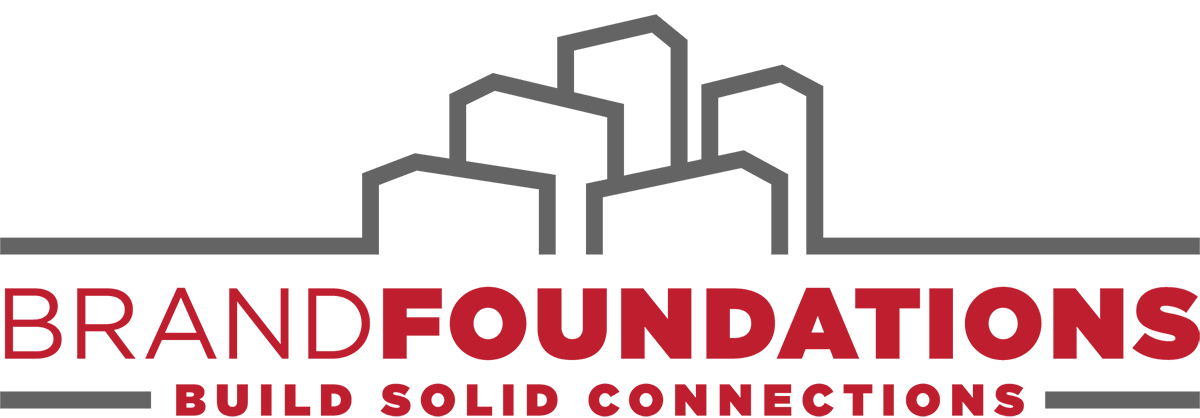There may be no better “canary in the coal mine” to detect culture dysfunction than an organization’s employer brand. Why? Because employer review sites have become the first place employees go to vent or complain. And they’re also among the first places prospective employees go to get a “feel” for what it might be like to work for a particular organization.
Today’s modern workforce is now dominated by the first generations to have grown up on the Internet – “digital natives” – and they are fully conditioned to look go online first for data sources and peers reviews in every major decision. But they are not just consuming, they’re contributing too. Sites like Glassdoor and Indeed.com have become the go-to destination for telling the unvarnished story of “what it’s really like to work here.”
Like it or not, your culture is now out there for all to see. For many leaders, this is a discomforting truth. But, for others it’s an opportunity to stay ahead of the culture curve.
More so than with reactive internal surveys, employees will proactively post about the company culture online, warning prospective candidates if there is disruption due to M&A, or if leadership fails to back up stated values with behaviors. This can be an “early warning system” to leaders, signaling when – and why – sentiment is shifting even before it’s apparent from internal surveys.
Here are the best ways to assess your employer brand online:
Monitor Review Sites the Weekly: – Just as you would monitor the general news sources or social platforms like Yelp for negative reviews, the same should needs to be done for employer review sites. Many of them will even report on the trends in reviews for you. Try to identify the source of negative trends and note any specific complaints about restructuring, poor communications, review processes, decision making, lack of training, etc. If left unaddressed, these issues could trigger a negative culture shift. Alternatively, understanding and properly addressing these could become the pillars of a positive cultural renewal.
Apply a Critical Eye: Don’t take every review at face value. Look first for those that are from current employees (vs. former employees) and consider dropping those that are unrealistically negative (or planted positive reviews.) Take most seriously the reviews that portray a balanced treatment of positive and negative aspects. This is where the truth lies.
Engage Authentically: Make sure someone from the company is responsible for replying to employer reviews just as you would any other social media platform. Ground responses in agreed-upon corporate values and communications frameworks, make sure they provide contact info for follow up, and – above all – respond honestly when things aren’t perfect. Reviewers and readers will appreciate the straightforwardness.
Compare to Competitors: Look at the competition to see how their reviews stack up to yours. Take particular notice if other organizations are talking about your company’s shortcomings and challenges in response to their own employees’ postings. Similarly, try to get a handle on what your competitors’ employees are complaining about and determine if you can gain a positioning advantage through internal communications and programs.
Just like your organization’s culture and public-facing brand, your employer brand is a living organism that will take shape with or without your careful guidance. Employers are well-advised to pay close attention to its care and feeding.
Where to start? Use our simple Employer Brand Self-Diagnostic worksheet to assess the health of your employer brand and then contact BrandFoundations to learn more about aligning your brand and culture.


